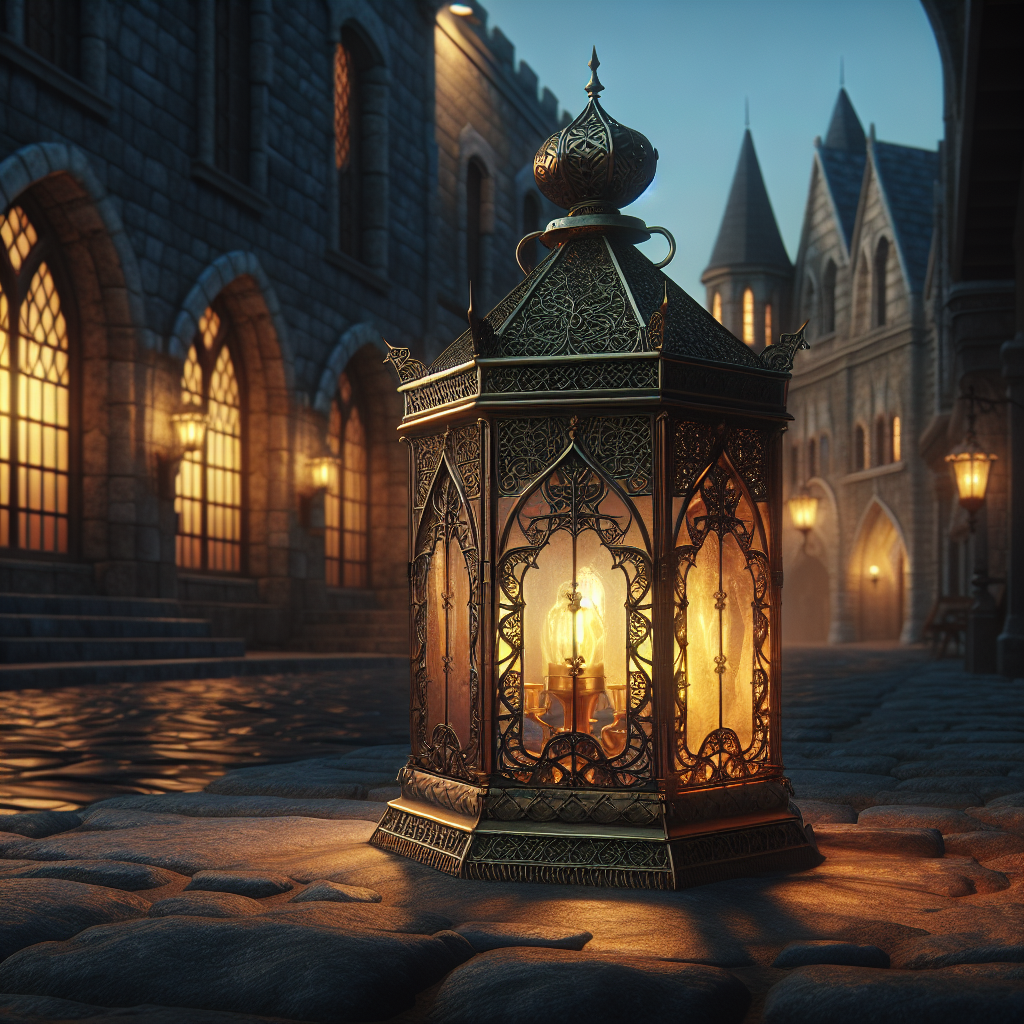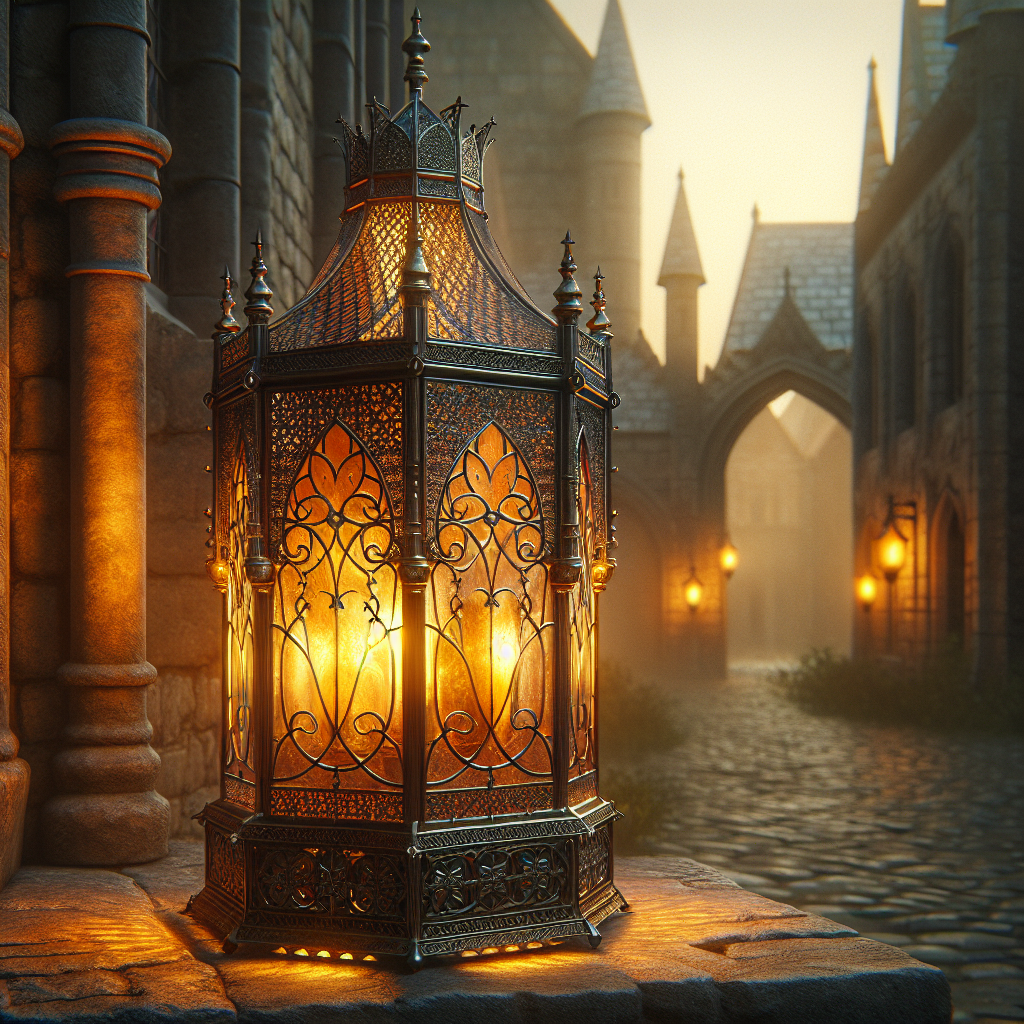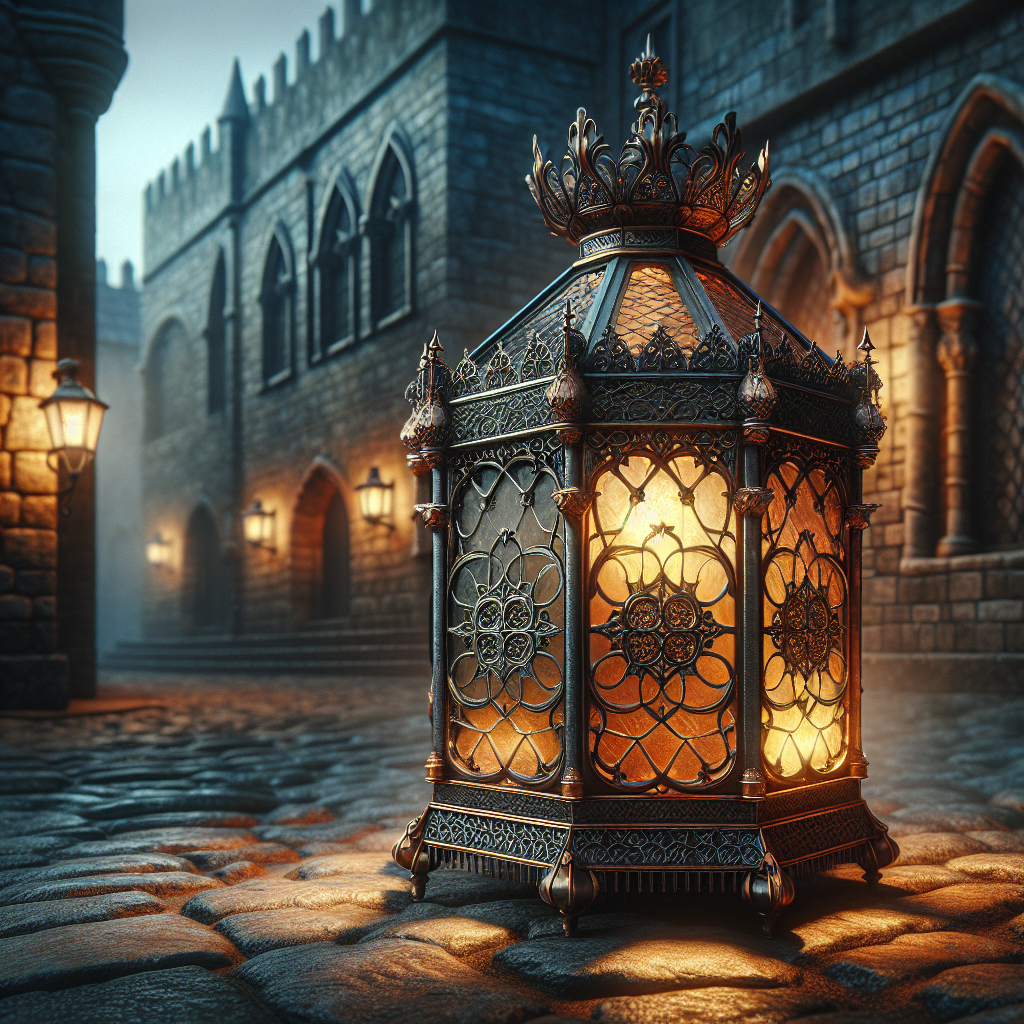Stone and Steel: Tracing the Evolution of Building Materials Through the Ages

Medieval Lanterns: Illuminating the Shadows of the Dark Ages
The Middle Ages, often referred to as the “Dark Ages,” evoke images of shadowy castles, cobblestone streets, and flickering torchlight. Yet, nestled within this era of feudal lords and Gothic cathedrals lies a fascinating evolution of lighting design. Medieval lanterns, far from being mere utilitarian objects, were a testament to the ingenuity and artistry of their time. They not only served as a beacon in the literal darkness but also reflected the socio-cultural and architectural ethos of the period.
The Functionality and Symbolism of Medieval Lanterns
During the medieval period, lighting was more than a practical necessity; it was deeply intertwined with symbolism and status. Lanterns, often crafted from materials like wrought iron, horn, and glass, were used to light up homes, monasteries, and public spaces. They served as a guiding light in the labyrinthine streets of medieval towns, ensuring safety and order after dusk.
Interestingly, the design of these lanterns often mirrored the architectural styles of the time. For instance, the intricate tracery of Gothic cathedrals found its way into the filigree patterns of lantern casings. This interplay between architecture and lighting design is a recurring theme in history, as explored in our article on the evolution of design and architecture.
Materials and Craftsmanship: A Testament to Medieval Ingenuity
The choice of materials for medieval lanterns was both practical and symbolic. Horn, for example, was a popular choice for lantern panes due to its translucent quality and durability. Glass, though rarer and more expensive, was used in more affluent households and ecclesiastical settings. The frames, often made of wrought iron, showcased the craftsmanship of medieval blacksmiths, who transformed raw materials into functional works of art.
These lanterns were not merely static objects; they were designed to be portable, with handles or hooks for easy transportation. This mobility was crucial in a time when fixed lighting fixtures were virtually nonexistent. The portability of medieval lanterns also underscores their role in religious and ceremonial contexts, where they were used to illuminate processions and rituals.
Architectural Integration: Lanterns as Design Elements
Medieval lanterns were not confined to handheld devices; they were also integrated into the architecture of the time. Chandeliers, often referred to as “crown lanterns,” were suspended from the ceilings of castles and cathedrals, casting a warm, flickering glow over vast interiors. These lighting fixtures were as much about grandeur as they were about functionality, often adorned with intricate carvings and precious metals.
The integration of lighting into architectural design is a concept that continues to evolve. Modern designers often draw inspiration from historical precedents, as discussed in this exploration of modern lighting design. The medieval approach to lighting, with its emphasis on both form and function, offers valuable lessons for contemporary practice.
The Evolution of Lantern Design: From Medieval to Modern
The legacy of medieval lanterns can be traced through the centuries, influencing subsequent styles and innovations. The Renaissance period, for instance, saw the introduction of more elaborate designs, incorporating elements like stained glass and gilded frames. This evolution is a testament to the enduring appeal of medieval aesthetics, which continue to inspire designers and architects today.
In fact, the resurgence of interest in medieval design principles is evident in the growing popularity of neo-Gothic architecture and vintage-inspired lighting fixtures. This trend reflects a broader cultural shift towards appreciating the craftsmanship and artistry of the past, as highlighted in our feature on vintage design trends.
Medieval Lanterns in Contemporary Design
Today, medieval lanterns are not just relics of the past; they are a source of inspiration for contemporary designers. From replica lanterns that capture the rustic charm of the Middle Ages to modern interpretations that blend traditional forms with cutting-edge technology, the influence of medieval design is unmistakable.
For example, the use of LED technology in lantern-style fixtures allows for energy efficiency without compromising on aesthetic appeal. This fusion of old and new is a hallmark of modern design, demonstrating how historical elements can be reimagined for contemporary contexts. The enduring appeal of medieval lanterns lies in their ability to bridge the gap between the past and the present, offering a timeless solution to the universal need for light.
Final Thoughts: A Legacy of Light
Medieval lanterns are more than just historical artifacts; they are a window into the ingenuity and artistry of a bygone era. Their designs, rooted in the architectural and cultural contexts of the Middle Ages, continue to resonate with modern audiences. Whether as functional objects or as sources of inspiration, these lanterns remind us of the enduring power of design to illuminate not just spaces, but also the human spirit.
For those interested in exploring the broader historical context of medieval lighting, the Wikipedia page on the history of lighting offers a comprehensive overview. Similarly, the Wikipedia entry on Gothic architecture provides valuable insights into the architectural styles that influenced lantern design. Finally, the Wikipedia article on medieval technology sheds light on the innovations of the period, including advancements in lighting.





